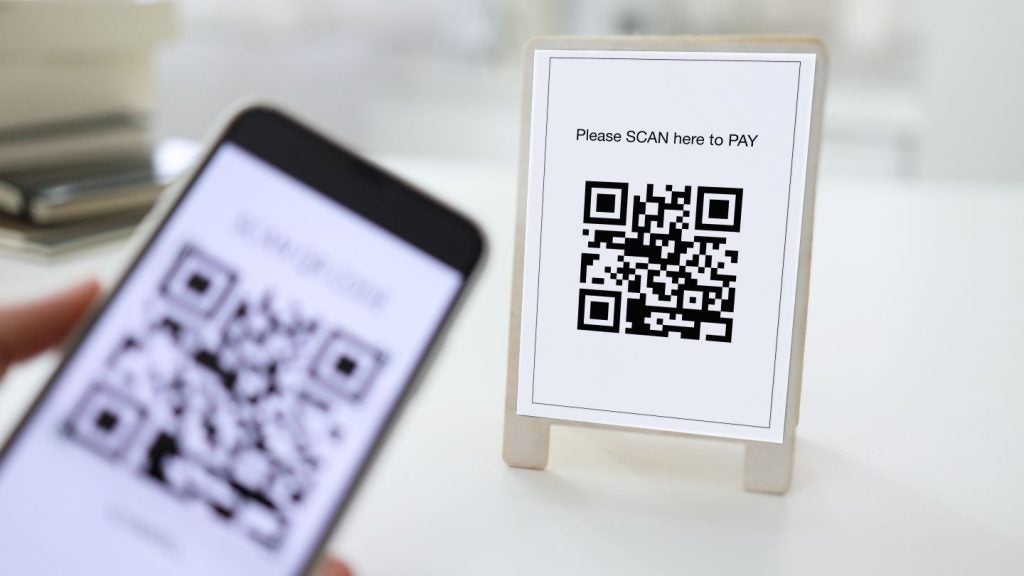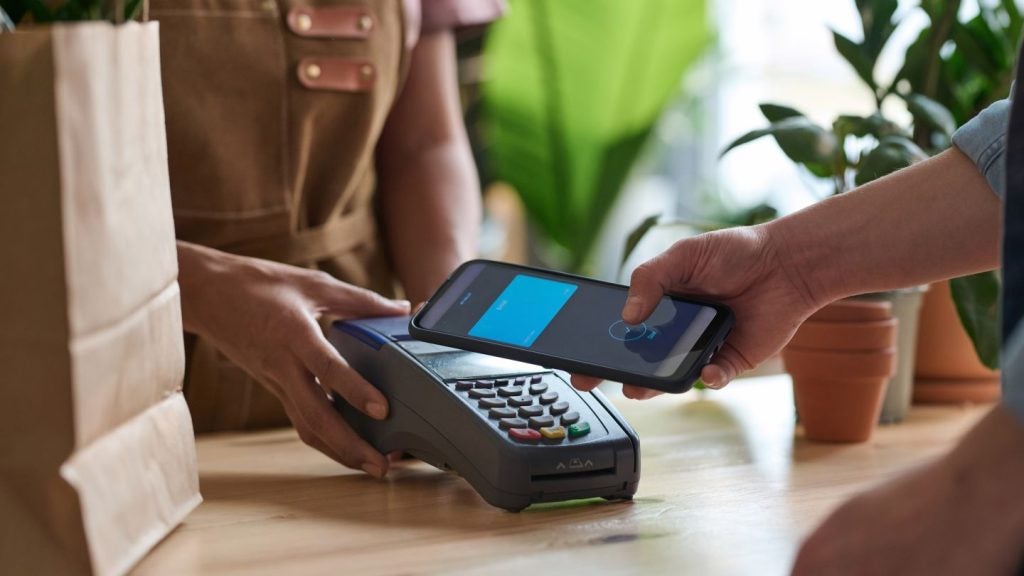A survey has claimed mobile
payments face far higher card-not-present fraud threats than any
comparable category. Charles Davis looks at how US retail fraud is
affecting merchants, financial institutions and consumers; and why
many merchants are still interested in accepting m-payments despite
these findings.

Access deeper industry intelligence
Experience unmatched clarity with a single platform that combines unique data, AI, and human expertise.
Merchants accepting payments
conducted through mobile phones faced, on average, 3,385 attempts
to commit fraudulent transactions each month in 2009, a study has
shown. The findings point to a major weakness in an otherwise
surging segment of the payments market.
The second annual LexisNexis True
Cost of Fraud Study, conducted by Javelin Strategy & Research,
examines how US retail fraud affects merchants, financial
institutions and consumers. While the study demonstrated that fraud
is more than a $100bn problem for retail merchants, fraud losses
decreased by 25% from 2009.
The reduction may be attributed to
a gradual improvement in economic conditions, greater awareness of
fraud threats and increased success of effective fraud prevention
solutions, LexisNexis said.
“Fraud continues to be a $100bn
problem for retail merchants,” said Jim Rice, director of market
planning for retail and e-commerce markets at LexisNexis Risk
Solutions. “While the total cost of fraud has gone down since last
year, retailers still lose more than three dollars for every one
dollar lost due to a fraudulent transaction, and online or mobile
fraud is a growing threat.”

US Tariffs are shifting - will you react or anticipate?
Don’t let policy changes catch you off guard. Stay proactive with real-time data and expert analysis.
By GlobalDataFraud clearly remains a major issue
for mobile merchants. Fraud losses as a percentage of total revenue
were higher for mobile merchants at 1.13% compared with 0.83% for
online-only merchants and 0.86% for merchants with both online and
brick-and-mortar stores, according to the report.
‘Eye-opening’
figures
Online-only merchants faced, on
average, 2,033 attempts to commit fraudulent transactions each
month, while merchants with both online and physical stores faced
2,142 attempts, according to the report. The numbers are eye
opening.
So far this year, large e-commerce
merchants have faced an average of 3,161 attempts per month, with
34% of them going undetected. The study finds that the majority of
consumer card fraud occurs on existing credit and debit card
accounts. In 2009, credit card fraud affected 6.5m victims and
debit card fraud 3.5m, representing 65% and 28% of all existing
card fraud respectively, according to the report.
In 2009, the average amount a fraud
victim paid out of pocket for credit card fraud declined to $314
from $521 the previous year, while the amount for debit card fraud
decreased to $243 from $545.
Of the fraudulent transactions
mobile merchants face, 38% go undetected because they are
originating from stolen accounts and are thus virtually
untraceable.
Despite the meteoric fraud risk
many merchants are still interested in accepting mobile payments,
with one in four merchants planning to do so within the next 12
months.
Severe losses
Across the entire retail industry,
merchants lost about $139bn in all fraud areas in 2009, the study
shows. The losses reverberate: for every $100 in fraudulent
transactions, merchants incurred a cost of $310 in total losses
when including costs associated with replacing lost or stolen
merchandise. Additionally, the study found consumer victims of
retail fraud incurred $5.5bn in costs stemming from losses, legal
fees and other factors.
The study is a reminder that US
financial institutions and retail merchants continue to bear the
majority of the fraud burden, striving to protect their reputations
and brands by covering their customers.
Most fraud occurs on existing card
accounts Regulation E of the Electronic Funds Transfer Act limits
the liabilities of consumers with regard to unauthorised electronic
funds transfers, as long as fraud is reported in a timely
manner.
Consequently, mean costs of
consumer ID fraud continue to decrease, dropping from $498 in 2008
to $373 in 2009. Median consumer costs remain at $0, as they have
since 2003 because of zero liability card agreements. Nevertheless,
the impact of retail fraud is not just monetary – it in fact alters
consumers’ perceptions and behaviours, significantly affecting
customers’ relationships with merchants and financial
institutions.
Lessening the impact of
fraud
There is a mixture of positive and
fear-driven reactions from fraud victims as a result of their
experience. Approximately 36% report the intent to avoid certain
merchants; 17% will change financial institutions (both issuers and
primary banks); 27% report they will spend less money; and 31% will
switch payment methods.
“The negative perceptions signal
the need for merchants not just to educate their customers on how
to protect their personal information, but to proactively
demonstrate how they are working to secure payment information,
especially in the online environment,” the report said.
Allowing merchants’ website
security to be visibly robust to consumers will help to increase
adoption of online shopping and improve consumer comfort levels
with using payment methods online.
Merchants therefore have an
opportunity to lessen the impact of fraud on consumers in a more
hands-on manner, not only by implementing back-end fraud mitigation
tools and processes but by engaging in more consumer-facing
educational efforts. These include educating customers on ways to
safeguard their payment information in the form of tips on
websites, and informing customers about tools they can use for
enhanced protection when shopping online.
The merchants surveyed indicated they are increasingly
outsourcing transaction and customer-profile databases to
third-party risk management providers. Greater percentages of
merchants are using all of the major anti-fraud tools, including
point-of-sale authentication devices, IP-address detection,
rules-based filters to block high-risk transactions, tracking
tools, and online-purchase authentication such as Verified by Visa
or MasterCard Worldwide’s SecureCode. They are also asking
consumers to include their card verification value or card
validation codes.







